Experience the roller coaster of the gaming world
Experience the roller coaster of the gaming world
Latest on Blog
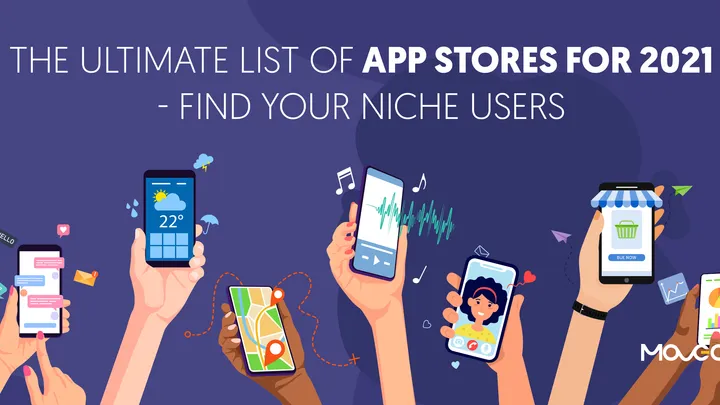
Top Apps: The Must-Have Applications in 2025
Discover the top apps of 2025: TikTok, Instagram, YouTube, Spotify, Netflix, Discord, and more essentials for entertainment, productivity, and creativity.
August 30, 2025
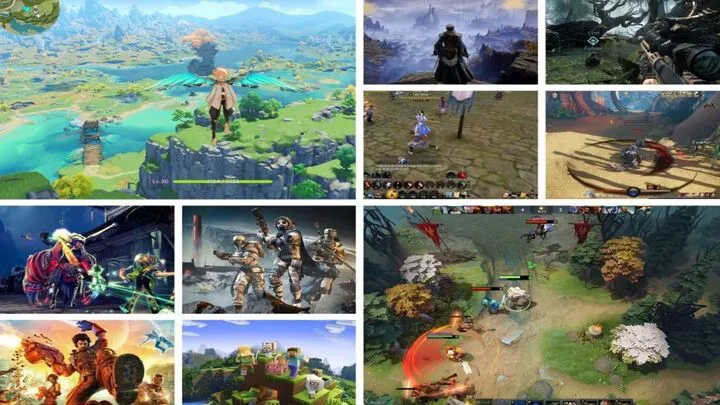
Top Games: The Must-Play Titles You Can’t Miss in 2025
August 30, 2025
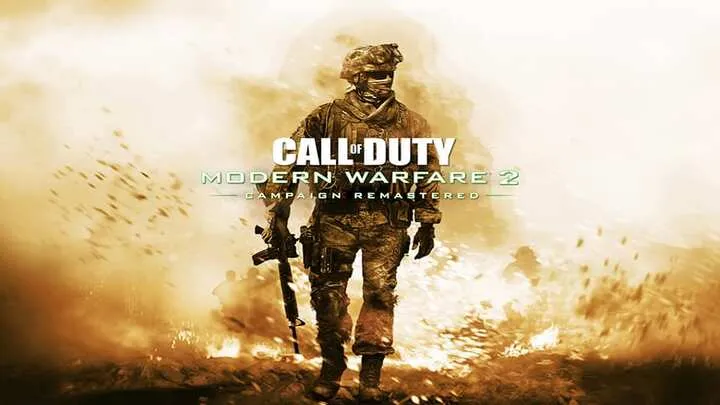
Tips & Guides: Mastering Call of Duty – Secrets Every Player Should Know
August 30, 2025
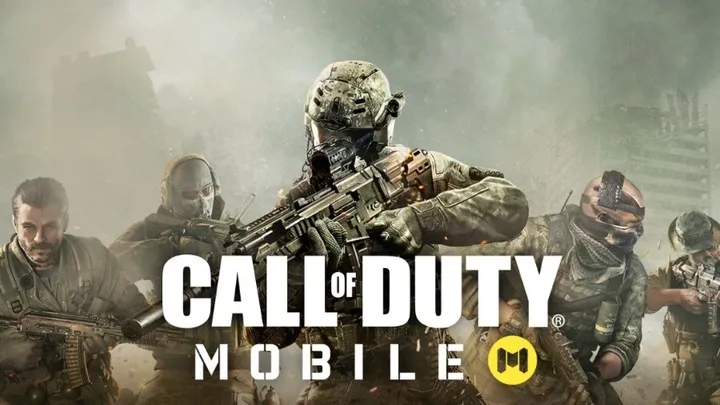
How to Master Call of Duty: Essential Skills, Strategies, and Secrets for Every Player
August 30, 2025
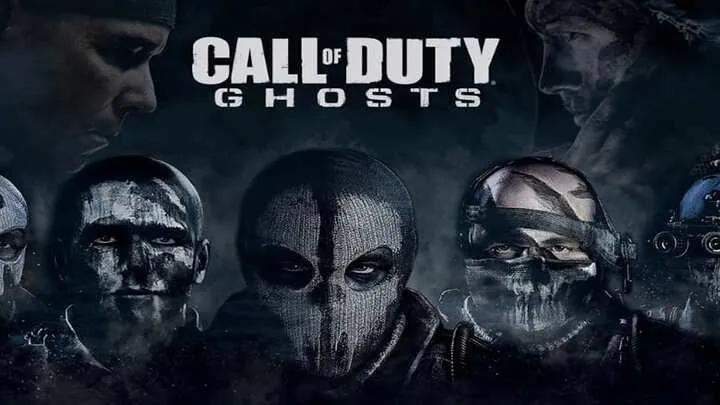
News: Call of Duty in 2025 – The Legacy and the Future of a Gaming Titan
August 30, 2025
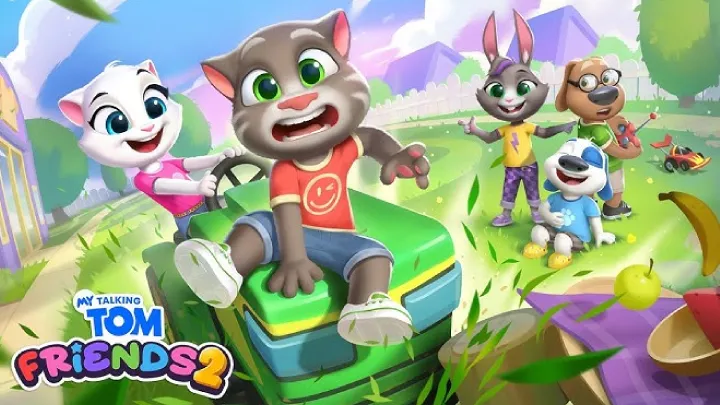
How to Master My Talking Tom Friends 2: A Comprehensive Guide
August 30, 2025

Top 10 Productivity for Students Apps in 2025 Enhancing Study Life
August 30, 2025
Latest review
Editor Choices
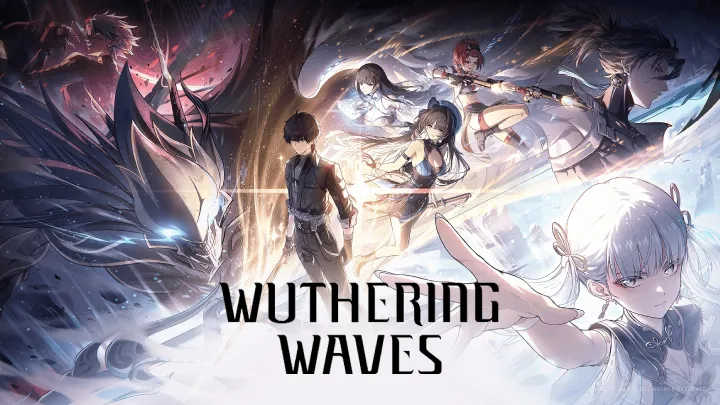
Wuthering Waves
Wuthering Waves is a bold, stylish RPG that pushes the boundaries of what a gacha title can offer
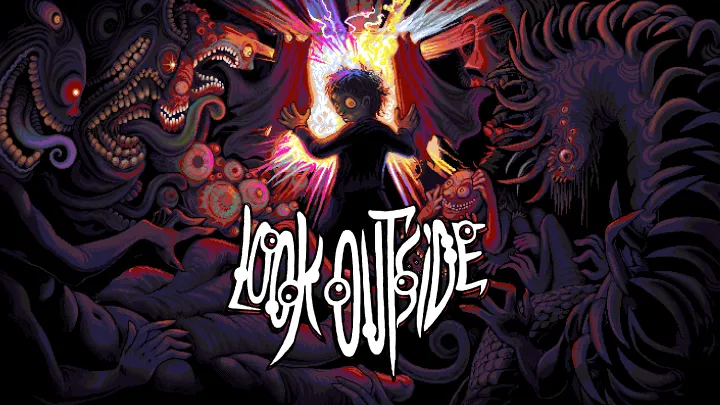
Look Outside
Look Outside is a hauntingly brilliant indie horror RPG that blends retro aesthetics with modern psychological dread.
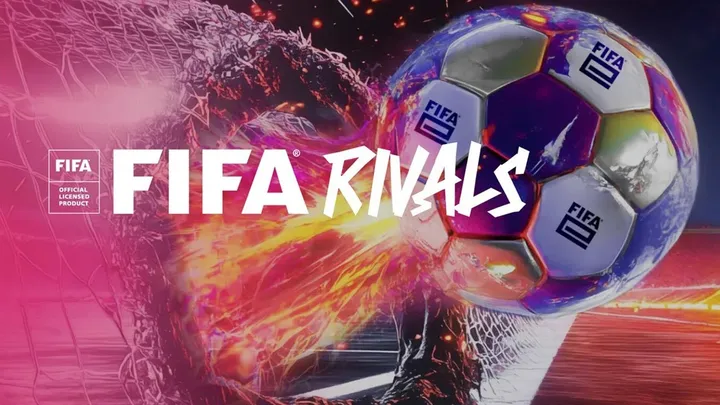
FIFA Rivals - Mobile Football
"FIFA Rivals - Mobile Football" successfully captures the essence of football in a mobile format, combining team management, real-time gameplay, and competitive features.
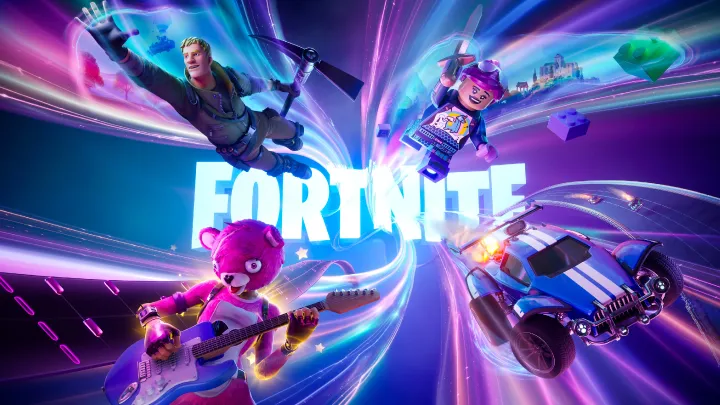
Fortnite: Mobile Battle Royale
Fortnite isn’t just surviving in the competitive battle royale space — it’s defining it
Welcome to easetv.info, your compass for comprehenscoupled with the latest industry news. Our mission is to provide you with insightful analysis and valuable insights, enriching your digital journey.
Latest Reviews
Contact Us
© 2025 easetv.info - All Rights Reserved